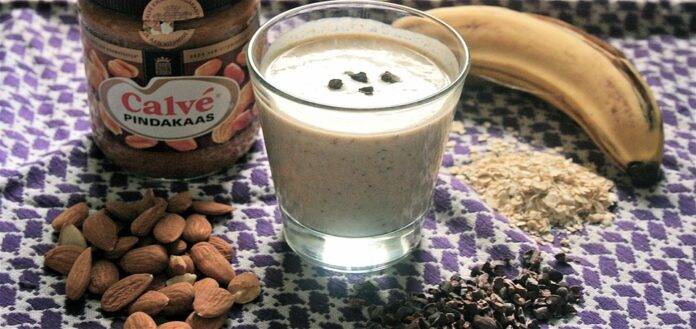Introduction
Peanut butter is a popular and versatile spread enjoyed by millions of people around the world. But have you ever wondered how this delicious treat is made? In this report, we will take a detailed look at the process of making peanut butter, from whole peanuts to smooth and crunchy perfection.
The Peanut Harvest
Growing and Harvesting Peanuts
The peanut butter manufacturing process begins with the cultivation of peanuts. Peanuts are grown in warm climates with well-drained soil. They are planted in early spring and harvested in the fall. The peanuts grow underground and are ready for harvest when the leaves of the plant turn yellow and the peanuts themselves have matured.
Peanut Harvesting Equipment
Farmers use specialized equipment such as peanut combines to harvest the peanuts. These machines dig up the plants, shake off the excess dirt, and separate the peanuts from the vines. The peanuts are then collected and transported to processing facilities for further steps in the peanut butter production process.
Peanut Processing
Cleaning and Shelling
Once the peanuts arrive at the processing facility, they undergo a series of steps to prepare them for peanut butter production. The first step is cleaning, where the peanuts are inspected and any foreign material is removed. Next, the peanuts are shelled to remove the outer shell or hull.
Roasting
After shelling, the peanuts are roasted to enhance their flavor. Roasting also helps to remove any remaining moisture in the peanuts, which is important for achieving the desired texture in the final product. The peanuts are roasted at high temperatures for a specific amount of time to achieve the desired flavor profile.
Grinding and Mixing
Once the peanuts are roasted, they are cooled and then ground into a paste. The grinding process can vary depending on the desired texture of the peanut butter. For smooth peanut butter, the peanuts are ground into a fine paste. For crunchy peanut butter, chopped peanuts are added to the paste for added texture. Sugar, salt, and other ingredients may also be added at this stage for flavor enhancement.
Packaging and Distribution
Packaging
After the peanuts have been ground and mixed, the peanut butter is ready to be packaged. The peanut butter is transferred to jars or other containers, labeled, and sealed for freshness. The packaging process is done in a controlled environment to ensure the quality and safety of the product.
Distribution
Once the peanut butter is packaged, it is ready to be distributed to retailers and consumers. Peanut butter manufacturers work with distributors to get their products into stores and supermarkets. Some companies also sell their peanut butter online through e-commerce platforms.
Industry Insights
Market Trends
The peanut butter industry is a competitive market with several major players dominating the industry. According to a report by Market Research Future, the global peanut butter market is expected to grow at a CAGR of 4.20% from 2020 to 2027. The increasing demand for natural and organic peanut butter products is driving the growth of the market.
Key Players
Some of the key players in the peanut butter industry include The J.M. Smucker Company, Hormel Foods Corporation, Procter & Gamble Company, and Conagra Brands, Inc. These companies have a strong presence in the market and offer a variety of peanut butter products to cater to different consumer preferences.
Financial Data
The global peanut butter market was valued at $3.5 billion in 2020 and is projected to reach $4.8 billion by 2027. North America is the largest market for peanut butter, followed by Europe and Asia Pacific. The increasing popularity of peanut butter as a healthy and convenient snack option is driving the growth of the market.
Conclusion
In conclusion, the process of making peanut butter from whole peanuts to smooth and crunchy perfection involves several steps including harvesting, processing, grinding, mixing, packaging, and distribution. The peanut butter industry is a competitive market with several major players dominating the industry. As consumer demand for natural and organic peanut butter products continues to grow, the market is expected to see further growth in the coming years.




